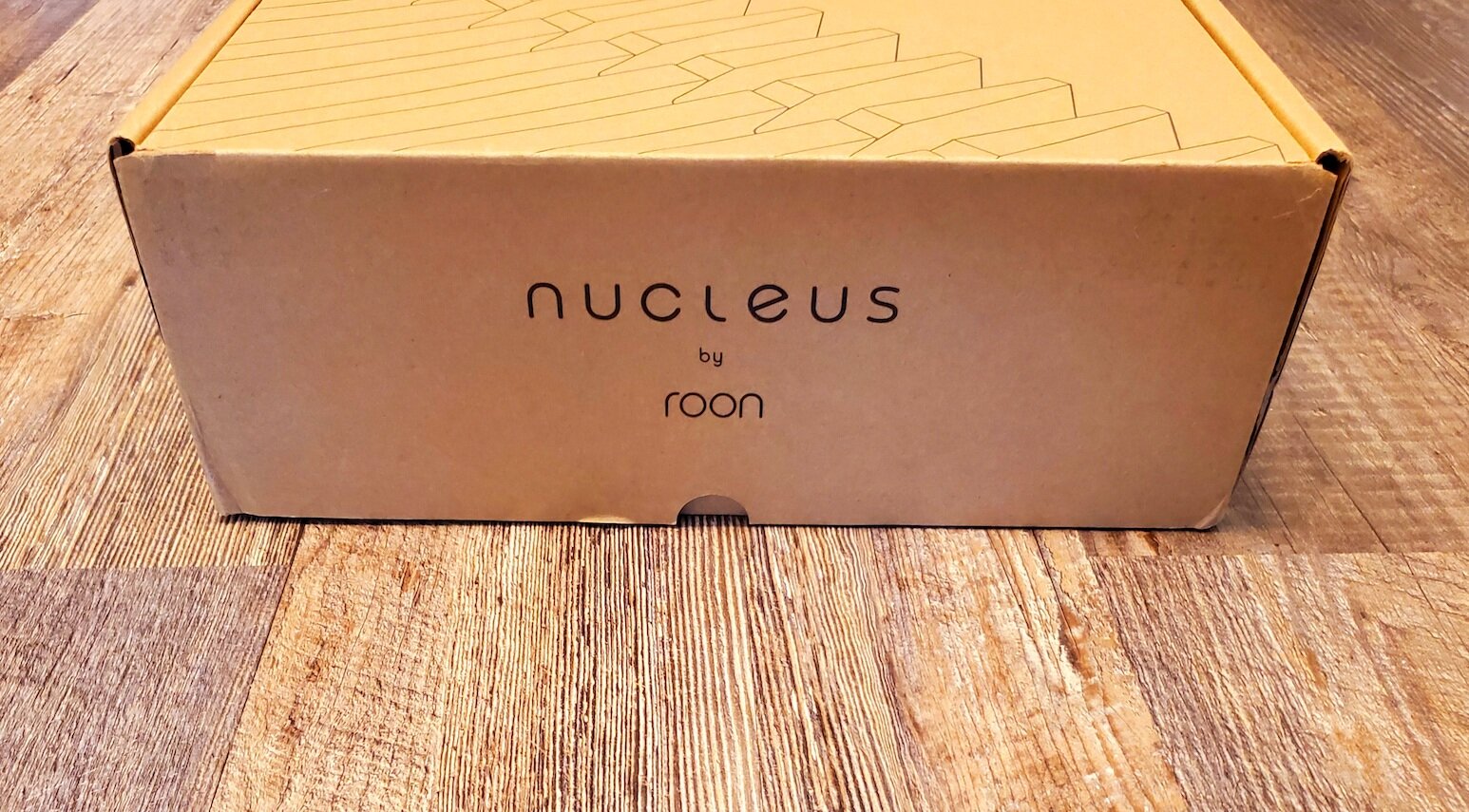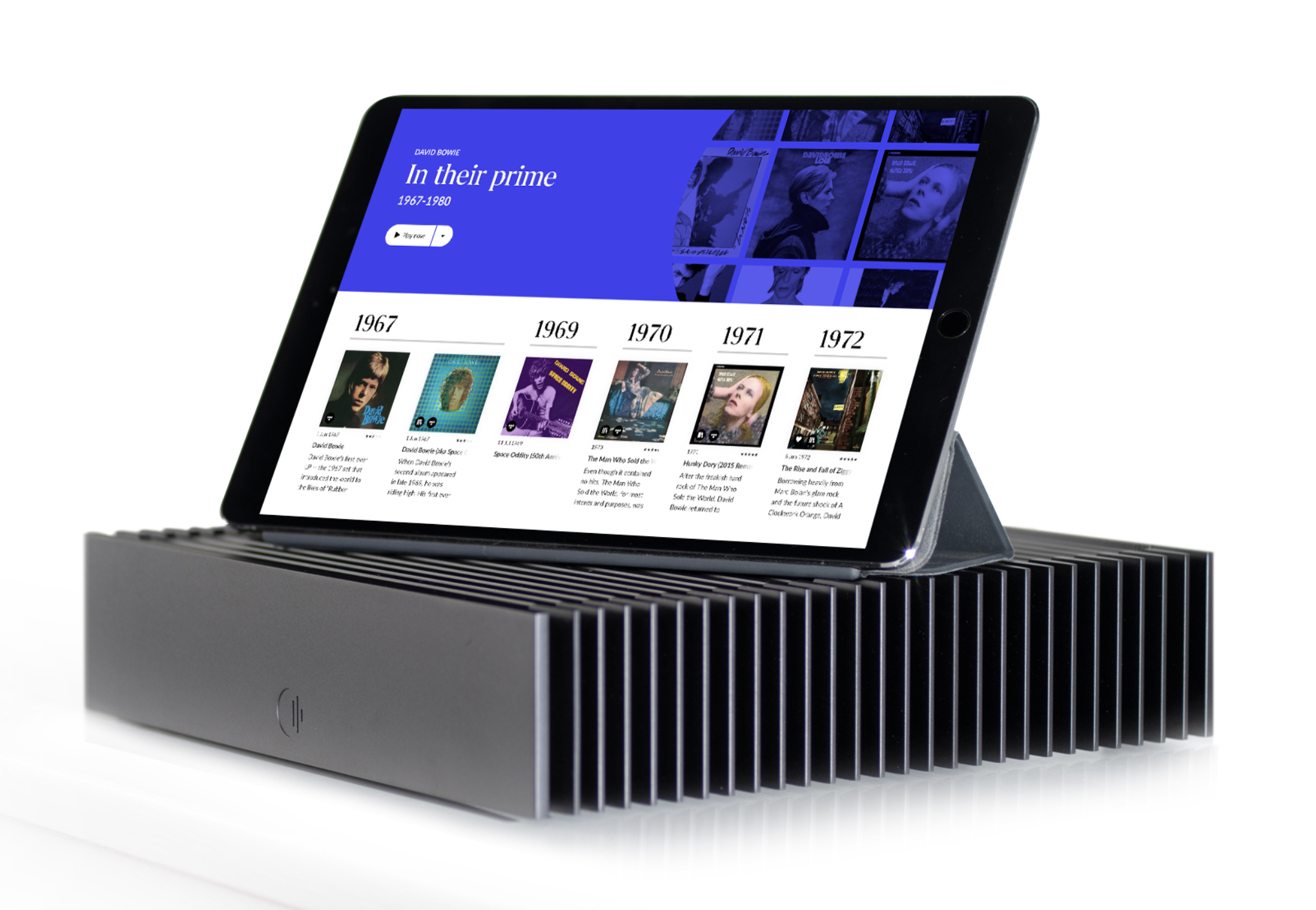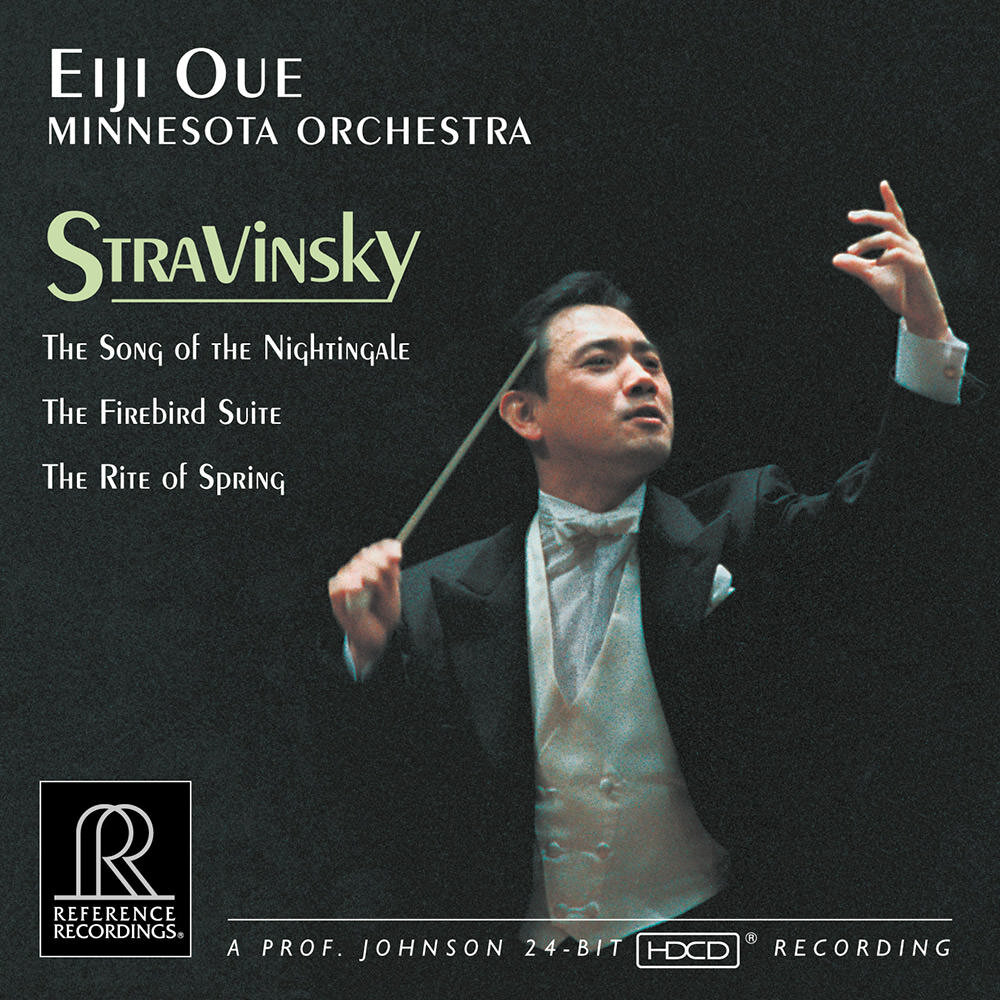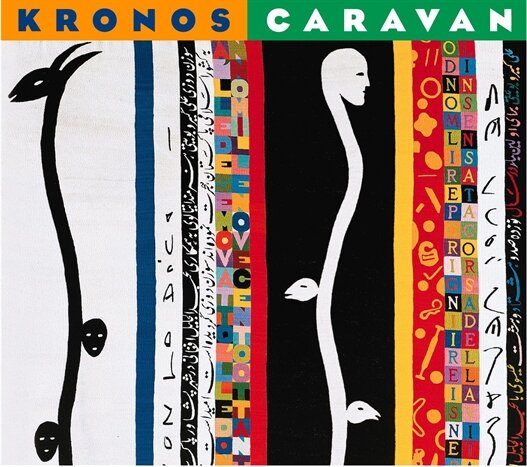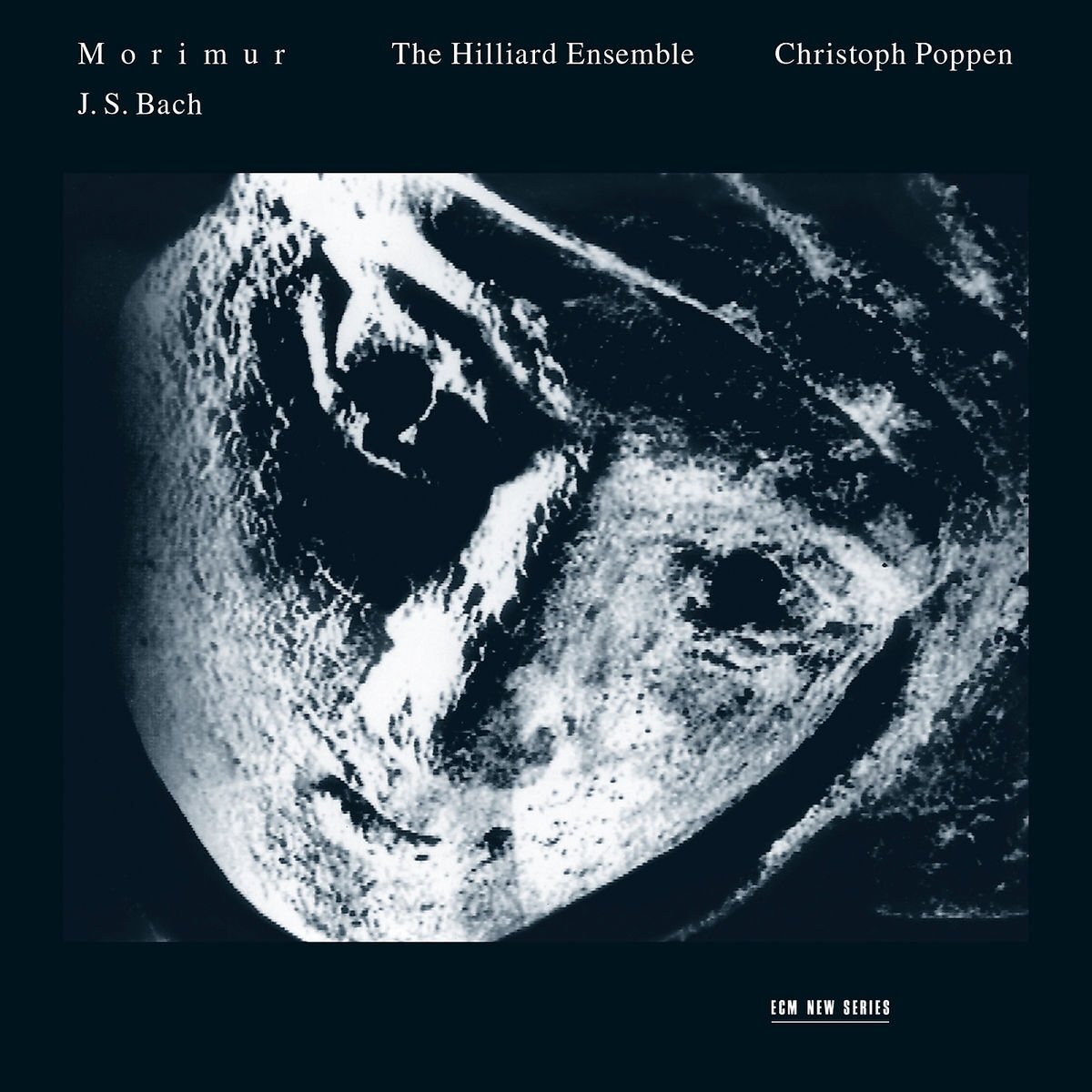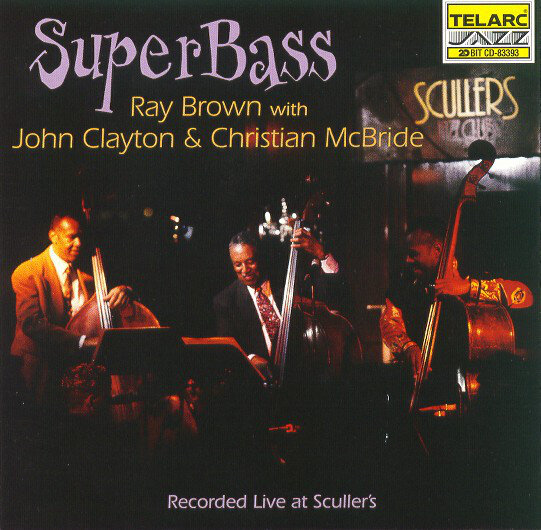ROON NUCLEUS PLUS - REVIEW
The Future of Music Curation and Playback, Now!
I’ll cut to the chase. In comparison to one’s standard, off-the-shelf computer—Macintosh, PC, etc.—acting as a server for one’s music streaming versus the ROON Nucleus or Nucleus Plus managing that very same functions, there is no comparison, none whatsoever.
Let me explain. Computers are tasked with running multiple, simultaneous, and, very often, data intensive operations. Maybe like me you’ll have Pages (Word), Numbers (Excel), Safari, games, and other programs running, while also streaming your music or playing games. Well, that’s a whole lot going on and it’s all very data intensive and noisy, period. Got fan? Yes, you do, which, unfortunately, complicates the other computing noise with mechanical noise. Further, your computer is not only babysitting your music, there are numerous crying babies (see aforementioned processes) from top to bottom, front to back and they all want attention NOW! Did I mention ground loops, jitter? That’s a lot of noise and stuff!
Here’s an analogous example of noise that I’d written for the Mola Mola Tambaqui review, a rather incredible DAC. As I wrote then:
“Imagine, if you will, a house filled to the ceiling with sand, while one of the house’s sides has a ceiling to floor window that allows one to see in. Let’s consider the sand, in this case, noise. With floor to ceiling sand representing, say, signal-free static between radio stations. But once a clear FM station is dialed-in the noise or sand drops to, perhaps, a millimeter or two above the floor. Most modern, high-end, audio components have very effectively dealt with noise to this or much better degrees. In the case of the Mola Mola Tambaqui, a janitor has been tasked with sweeping the floor clean of all remaining (observable) sand (noise). “Wow,” you say as you look at the now sand-free (completely noiseless) floor, “that’s an antique 17th Century Persian rug!”
Now, the ROON Nucleus Plus is not the Mola Mola Tambaqui, there are few DACs at any price that are. However, what the Roon Nucleus Plus will do relative to one’s computer is to reduce the sand down by a few millimeters or more. The result is a good deal of information gained for every millimeter less of sand/noise. And that means exactly what?
REFRAIN: Unlike most reviews, this review will be non-sequential, as it will start with how the headphones actually sound and not the process of physically “undressing” them and/or laying out their various parts, specifications, etc. Think of this review then, as a non-linear movie—Memento, Kill Bill, Arrival, Eternal Sunshine of the Spotless Mind, etc—that, likewise, starts at the end and winds its way to the beginning.
The Sound
What the ROON Nucleus Plus does, in removing more noise (sand), is to provide one with the ability to hear a great deal more of everything that is happening across a given track, album, entire music collection, period. In this, believe me, you will discover things that you’ve never heard, from well-known discs that you have listened to for decades. Some of this new information will be subtle, some will not.
Case in point: I replaced my MacBook Pro with the Roon Nucleus Plus at the front of my reference system—Mola Mola Tambaqui DAC, STAX SRM-700T/S, STAX SR-009S. Something began to happen, immediately, something that I had not expected, to this degree. I listened to songs that I’d known for decades, just open up and tell me a great deal more about themselves than they ever had before! I also discovered instruments that had been buried deep in the mix that were now free, easily heard, and, well, seen! There is an explanation.
The term GIGO—Garbage In, Garbage Out—is, perhaps, more true in audio, than anywhere. If the Tambaqui and the STAX SRM-700T/S and SR-009S, all incredible components (see reviews), are fed noisy garbage that obscures certain information on a track from ‘Jump Street,’ there is only so much that these components, exceptional though they are, can do. And in this case, sorry to say, your computer is the culprit.
The ROON Nucleus and the Nucleus Plus, unlike a computer, babysit just one baby—the music—24/7/365. The noise of multiple, simultaneous operations foreground/background, etc. have all been ejected from the hockey game! Both ROONs are also free of fans as they employ a natural device for reradiating the heat—lots of cool fins! So, as fan noise sulks off after its ejected, noisy brethren, the baby—your music—smiles and coos and laughs. The signal that now finds its way to your DAC, powered speakers, transport, etc. is a good deal more noise free and clean and true. What actually does this sound like, you might ask?
It sounds like more. More in the sense that what a singer sings is clearer and the recording venue or studio becomes more connected and germane to the performance. Like, say, the reverberations, ambient sounds, and the interplay of voices in a great cathedral or an intimate jazz club or a stadium all are now more easily distinguished. Yes, that is possible, as I speak from experience on this, and the ROON Nucleus Plus, made it so.
The ROON Nucleus Plus’ volumetric cube—its soundstage—is… Hmmm, I generally write here what a component does in a given system configuration. However, what the ROON Nucleus Plus does via its umbilical, ethernet link is to pass the musical signal, the baby, along as best, as safely, and as pristine as it can. Though if I were to speak of the ROON’s voice, I’d have to say neutral as in not warm, nor cold, nor subtractive, as some “neutrals” can be. Perhaps this can best be attested to by the fact that the ROON Nucleus Plus is very congenial and will play well with, literally, all comers. Hmmmm…even more evidence, perhaps. that the ROON Nucleus Plus is more like an album or a CD in that it feeds a million flavors of music to the renderers—DACs, headphone amps, integrated amps, headphones, speakers, etc.—as is.
The ROON Nucleus Plus was allied to every DAC in house—Mola Mola Tambaqui ($13500), Audionet DNP/EPX combo ($30,500), Border Patrol SE-i ($1950). The various downline components were the electrostatic headphone amplifiers—LTA Z10e, STAX SRM-700T, STAX SRM-700S—the the electrostatic earspeakers/headphones—STAX SR-009S, STAX SR-007A, Dan Clark VOCE—and the electrodynamic headphones—Meze Empyrean, Rosson Audio RAD-0, Obravo HAMT Signature. The cables were ANTICABLE and Cardas, power was handled by TORUS.
Bass/MIDRANGE/TREBLE+
The ‘signal’ from the Nucleus Plus allowed every DAC and every system that it fronted to provide, as mentioned above, more! More across the entirety of the frequency spectrum, relative to my computer. And this fact, interestingly, necessitates a slightly different approach than is typical for our reviews, when we examine how a given component plays out over “segments” of the frequency spectrum.
For instance with every in-house DAC with regard to bass the Nucleus Plus’ signal allowed for greater imaging, more spaciousness, the ability to hear the various tonal shadings and dynamic shifts, and the actual playing, strumming, plucking, ‘mallet-ing’ of bass instruments. Then there was the nuance from which came great detail and weight, location cues, and air—Beauty In, Beauty Out (BIBO). Certainly, Dave Holland’s Emerald Tears (Emerald Tears, ECM) benefitted, as did Eiji Out’s V. Infernal Dance of King Kashchey (Stravinsky, Reference Recording), and Marcus Miller’s Power (M2, Concord), and every attached system. The ROON Nucleus Plus simply delivered a purer signal than did the computer.
In terms of the midrange the Nucleus Plus in its communications with the various DACs, simply, provided, again, more information in what is the most information rich frequency segment of all. And this allowed for greater vocal clarity, openness, emotional cues, exceptional nuance, and a naturalness across every system configuration that was beguiling. The ROON Nucleus Plus simply delivered…
The Nucleus Plus then unmoored the treble of DACs and earspeakers and headphones and amplifiers, which led to many treble extension trips to the moon, Asgard, Mount Olympus, Alpha Centauri, etc., figuratively speaking, when the components were up to task and especially so with the electrostatics. The ROON Nucleus Plus simply… You get the point.
A different approach for us with regard to frequency breakdown but one necessitated by the ROON Nucleus Plus. Because, in the end, the Roon Nucleus Plus is the music, the media, the software, more than it is a rather elegant, black-finned box (as ROON can exist separately from the box and does).
The Wrappings and Accessories
The ROON Nucleus Plus comes in a small, brown, cardboard box. Upon opening the small, brown, cardboard box, one finds the Nucleus Plus neatly held in place by several foam braces. No bling, no glitz, as its wrappings present a simple affair, their first duty, to protect the music’s sole babysitter.
Also inside the box are a 12-19V DC power supply, several, click-on, power heads for the US, UK, EU, and AU regions, and a quick start guide. And that’s it folks. Though a handy, detailed set of instructions would be great.
Overall it’s a simple, practical, and efficient affair.
Design—Look and Feel
The design, however, of the Nucleus Plus is very sleek and modern, understated and unassuming. It is dressed in a black, matte patina from fin tip to case body. Its low, all-finned profile is decidedly a form follows function affair, as the black fins not only stylishly cover its body, but are purposeful—they redirect the internal heat to external environs and quietly so. No noisy fan here.
The Nucleus Plus’ front panel is entirely free of buttons, toggles, lights. Its only feature is a centered ROON logo. You really can’t get any more minimalist than that. Beautiful!
On the Nucleus Plus’ rear panel you’ll find from left to right:
1 on/off switch
1 input for the power supply
1 HDMI port
1 Ethernet input
2 USB 3.0 ports
1 HDMI port
Not quite as minimalist as the facade, but still rather sparse. Though I could imagine a SPDIF output or even an AES/EBU output.
All in all, it is a svelte, clean, unassuming, yet elegant design, that would beautifully fit in any dorm room, flat, family home, or penthouse, as it has been very well and elegantly executed.
Functionality
ROON Core: A downloadable, software platform designed solely for managing music, streaming music to audio/video devices, and for curating metadata—data that provides information about other data—on all contained music files.
ROON Endpoint: A device—DAC, streamer, powered speakers—that has been configured to render music from a ROON Core whether connected to it or wirelessly.
The Roon Nucleus Plus is a digital, music server, that is tethered via ethernet cable to your home’s modem. Once activated via ROON’s software (subscription required) the Nucleus Plus ties in all available music sources—NAS drives, etc.—that have been made available to the internet. And via its 2—USB 3.0 ports it connects directly to DACs or can accommodate USB Memory Sticks or external hard drives. The ROON Nucleus Plus also has the capability of housing a 2.5” HDD or SSD drive for storing music internally. Best of all, the Nucleus Plus can be accessed and instructed wirelessly from a laptop computer, an iPad, or one’s smart phone.
The Nucleus, its baby brother, allows for multi-zone output of up to six zones, while the Nucleus Plus can facilitate over six zones. Other differentiating features between the Nucleus and the Nucleus Plus are that the Nucleus stores up to 10,000 albums (100,00 tracks) while the Nucleus Plus stores over 10,000 albums. And the Nucleus Plus can deal with all comers in regard to DSD functionality, while the Nucleus can not. TIDAL and Qobuz, however, are native to both.
In truth, the Nucleus Plus is a plug and play music server/streamer that offers a host of convenience features, wonderful decoding abilities—up to 768kHz/32-bit PCM and DSD512 (stereo and multi-channel)—with curated data on its various music files that is, to date, unmatched. Yes, there are a great deal of features, however, once things are up and running, you’ll learn the balance of the features, over time. At least that’s my plan. For more functionality and features please follow the link: ROON.
The Specifications
ROON NUCLEUS PLUS
Library capacity
Over 10,000 albums (100,000 tracks)
Multi-room streaming
Over 6 simultaneous zones
DSP capability
All DSP functions available
Connections
12-19V DC, 2.5mm ID, 5.5mm OD, 11mm L
2 x USB3.0 (can be used for hard drive and/or DAC)
HDMI (stereo and multi-channel audio output)
Gigabit Ethernet LAN
Internal storage slot
2.5” SATA SSD or HDD up to 9.5mm drive height
Drive not included
Dimensions and Weight
212mm (W) x 156mm (D) x 74mm (H)
3.85kg gross weight (in retail package)
2.5kg net weight (product only)
Supported Formats
up to 768kHz/32-bit PCM and DSD512 (stereo and multi-channel)
WAV, WAV64, AIFF, FLAC, ALAC (Apple Lossless), DFF, DSF, OGG, MP3, and AAC
ROON NUCLEUS (differences)
Limit of 10,000 albums (100,000 tracks)
Limited to 6 simultaneous zones
All DSP functions available in the PCM domain, certain combinations of functions using DSD, upsampling, or multichannel processing may not be possible
Conclusion
The ROON Nucleus Plus is an always-on, powerful, digital, music server that provides multiple zones of playback, controls multiple devices, enables access to, literally, millions of songs or “tracks,” and curates extensive metadata on those millions of songs or “tracks,” or albums. Further, it delivers bit-perfect data for playback, and renders a, relatively, noise-free, pristine, and natural music signal, that your off-the-shelf computer, simply, cannot match.
We, AudioKey Reviews, highly recommend the ROON Nucleus Plus and give it our HIGH NINES AWARD for remarkable convenience, unlimited access to music, and incredible ease of use. Welcome to the Golden Age of Music Access (GAMA)! Bravo!
Pros: Provides a beautiful, pristine, noise-free signal that one’s computer can not and its only concern is the music.
Cons: More included documentation, perhaps, even a narrative that explains the “why” to those new to this high level of streaming.
The Systems
1.
Mola Mola Tambaqui
LTA Z10e
Meze Empyrean
Obravo HAMT Signature
Rosson Audio RAD-0
Dan Clark VOCE
STAX SR-009S
STAX SR-007A
STAX SR-L700MkII
ANTICABLE/CARDAS cabling and wires
TORUS TOT MAX
2.
Audionet DNP/EPX
STAX SRM-700T
Dan Clark VOCE
STAX SR-009S
STAX SR-007A
STAX SR-L700MkII
ANTICABLE/CARDAS cabling and wires
TORUS TOT MAX
3.
Border Patrol SE-i
STAX SRM-700S
Dan Clark VOCE
STAX SR-009S
STAX SR-007A
STAX SR-L700MkII
ANTICABLE/CARDAS cabling and wires
TORUS TOT MAX
THE MUSIC
The Company
ROON
ROON NUCLEUS PLUS: USD $2,559
(includes one year Roon subscription)
ROON NUCLEUS: USD $1,459
(includes one year Roon subscription)
ROON LABS LLC
roonlabs.com
All product images courtesy ROON LABS

